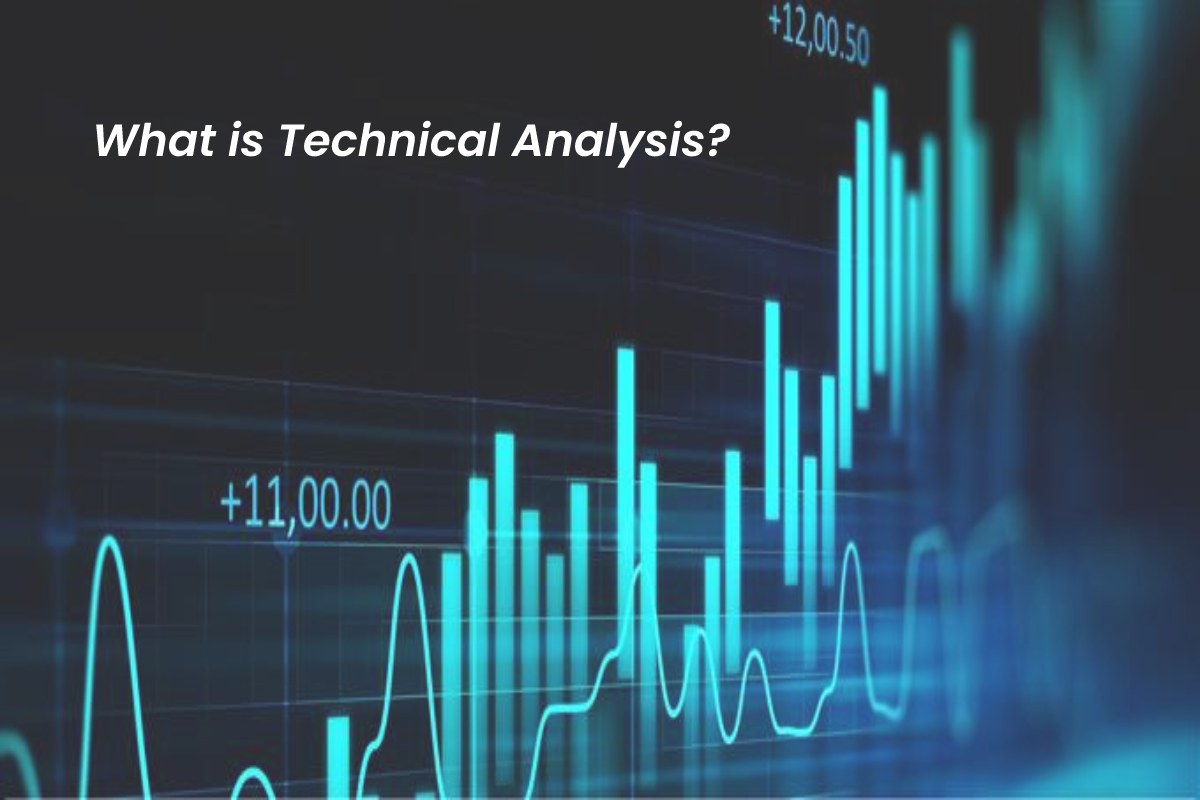Technical Analysis may seem at first something very complicated. Yet, economics students find it kind of engaging, especially when they are assigned such homework. Looking ahead, it simply stands for analyzing one or another investment taking into consideration markets, economic data, securities, financial statements. So, if you are interested in learning more about it, check the guide below provided by a team of assignment experts from CW Assignments.
Table of Contents
The Profile of Technical Analysis
Technical analysis is a process or forecasting of the market prices through the evaluation of historic prices, price movements, charts, trends, and other crucial factors. Compared to fundamental analysis, it focuses on delineating favorable investments by examining the investment trends through statistics. Still, sounds complicated? Okay, these specialists just take the current price of one security, and the past price of it, and come up with the future price of that security.
Technical analysis involves lots of basics students have to be aware of. As was said above, the important components are trends, movements, prices, and volumes. Specialists take charts, and supportive data to evaluate it all. Let’s cover it all in detail.
Price
Logically to assume, everything goes around the prices of the securities. Or, it can be called a currency of technical analysis. A student may need to examine certain charts which show the price’s movements, and their volume. Then, they will need to identify potential trends, and how those trends may change over time. For instance, one may also need to understand the investor’s attitude and behaviors, where psychology fundamentals are required as well.
Chart Patterns
Another aspect is chart patterns, which are used for predicting stocks or security trading. Chart patterns contain a part called trend line which shows the price’s overall trend. In addition, one has to use peak, or trough analysis, as well as moving averages that help to come up with the best predictions. It would be fair to say that charts require some kind of mathematical knowledge. As for the examples of charts, they are the candlestick, line, bar charts among others.
Volume
The next factor contributing to a proper technical analysis is volume. In simple terms, it is the exact number of contracts used for trading for securities over a set period of time. On most occasions, it is one day. Volume is also used by specialists to determine the strength of price movement, like the up or down direction the price takes. Volume is commonly represented with the help of a bar chart.
Trend
The trend is another crucial component to be aware of. It is used for forecasting stocks or security further performance in the market or industry. You might be surprised but here also takes an important role – the emotions and behavior of investors, which may greatly determine the price. As of now, it is possible to speak of such trends as triangles, head and shoulders, rectangles, cup and handle, candlesticks among others. Yet, the most important ones are uptrends, downtrends, as well as horizontal trends.
Momentum
Momentum stands for measuring the speed at which price changes, or movements of certain securities and stocks in the market. For instance, how a price was dropped, or how it was elevated over a certain period of time.
Support and Resistance
By overlooking the charts, the analysis will also need to examine the support and resistance levels of the stocks. It means the previous securities lows and highs which are below or above the current price. It helps to come up with the behavior of the stock whether it is worth investing in or not. Beyond that, support is the one that helps to prevent the price from dipping if actions are taken on time, while resistance stands for stock sellers who dump their shares.
Moving Averages
On the charts, you can find the jagged lines going up and down, they are called moving averages or the average stocks’ price movement. There are two components to know – simple moving averages which take the sum of all the closed prices during a set period of time and divide it all by the number of prices previously used; exponential moving averages just weigh more recent prices.
Indicators and Oscillators
Last but not least, indicators and oscillators predetermine volatility, momentum, money flow all together from the mathematical point of view. Indicators are statistical calculations that help determine the trends. Oscillators are another name for indicators, but they primarily show overbought conditions of stocks.
What Are the Key Types of Technical Analysis?
Nowadays, there are two types of technical analysis.
‘Top-Down’ Approach
An analyst will need to look at stocks via a top-down approach which means analyzing the available securities from a broad to a specific viewpoint. In simple terms, from a major index to weekly or hourly charts. It all helps to determine the best investment which inspires confidence in prices. A specialist will need to refer to moving averages, like how security is doing on a daily chart.
‘Bottom-Up’ Approach
In this case, an analyst will need to check undervalued stocks, which ones are disregarding the overall trends.
Let’s be honest, it still sounds a little bit complicated, so to understand technical analysis faster, you can just type in the search engine charts of technical analysis and see how it all looks like. You can overlook the assignment bar charts with price movements. Or, you can take one particular company and check how their helpers determined all the above-mentioned factors if this information is available to the public eye.
On the events when you are assigned technical analysis homework and require some assistance, you can rely on assignment help services that care about students’ studying progress. You will be assigned to the best experts who know how to meet all STEM project requirements and deadlines. The specialists’ prices are affordable, and you receive error-free work which can be submitted and receive you a positive grade.

